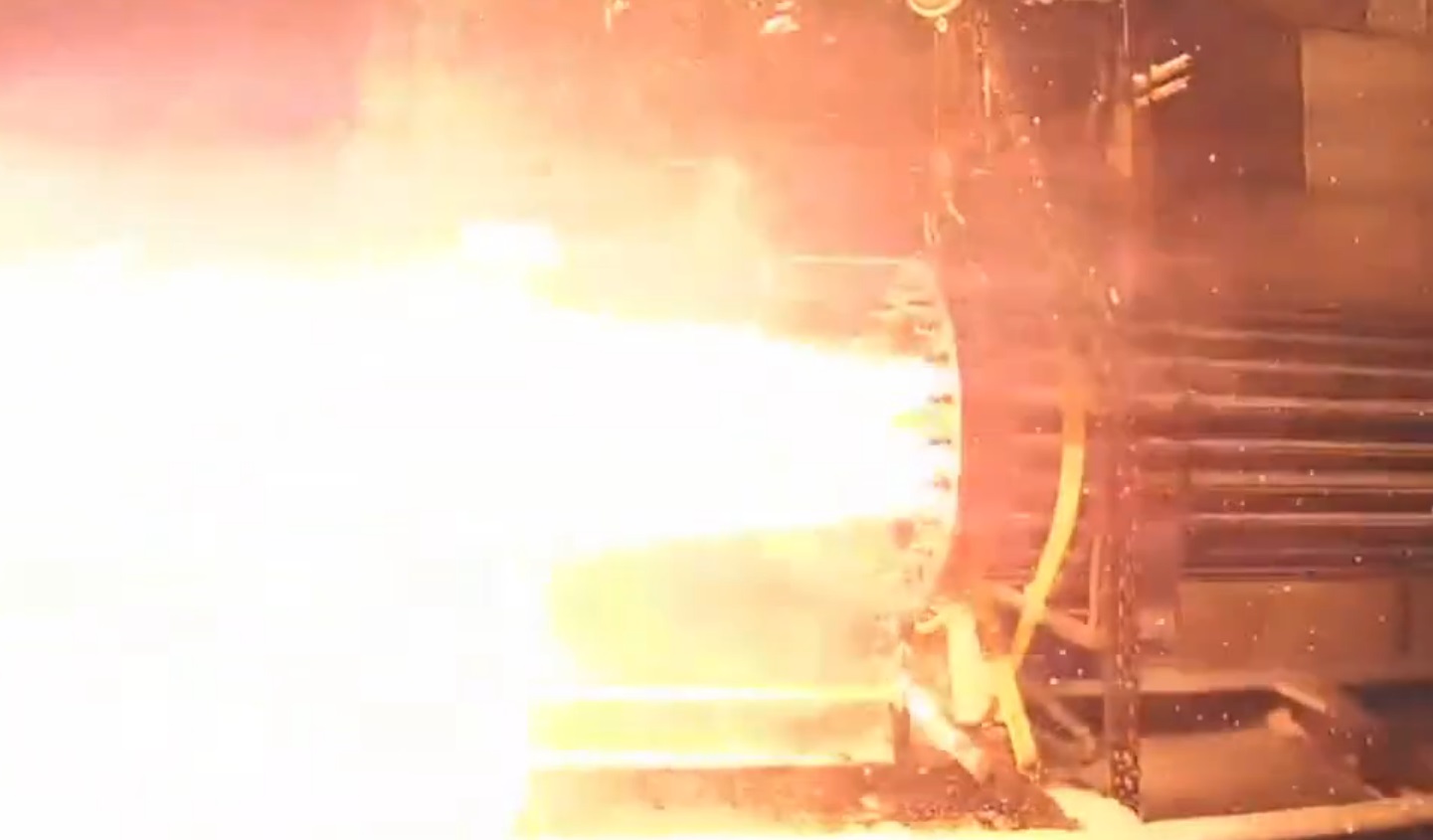With the first test of its MAREVL Engine complete, Maine’s space launch startup bluShift Aerospace looks to expand operations.
Move over, SpaceX, RocketLab and Astra. A new space launch startup is looking to get into the small satellite launch business. bluShift Aerospace based out of Brunswick, Maine, recently completed a test of its full-scale (Modular Adaptable Rocket Engine for Vehicle Launch (MAREVL) at its Brunswick site, ahead of a launch of its Starless Rogue rocket, possibly as early as late this year.
Founded in 2014 by CEO Sascha Deri, bluShift Aerospace made spaceflight history on January 31st 2021, with the first launch of a rocket using bio-derived fuel. The launch used a single stage Stardust-1 rocket and lifted off from the former Loring Air Force Base in Aroostook County Maine for a 2 minute, 1,236-metre apogee flight, one of the first ever to feature a ‘recovery by snowmobile.’ The company is looking to become the first ‘Uber to Space,’ using a proprietary, non-polluting near carbon neutral rocket fuel.

With the first launch launch under its belt, bluShift competed the first test of the MAREVL 2.0 engine on March 1st. The burn concluded at five seconds, reaching a peak thrust of 39 kilo-Newtons (nearly 4 tons) of thrust. Eventually, the company wants to push the engine to 80 kilo-Newtons and an 85 second burn.
A cluster of MAREVL engines on the Starless Rogue rocket will be capable of hoisting 30 kilogram payloads to an altitude of 350-400 miles, for 10-12 minutes of weightlessness.

To date, bluShift Aerospace has operated under NASA’s Small Business Innovation Research (SBIR) program as well as the National Science Foundation’s I-Corps grant program and the company’s own crowdfunding efforts.
The company just announced this week that they surpassed their $1.07 million dollar goal, raising $1.09 dollars from 1,300 investors.
“We’re ecstatic about the response, and especially by the fact that we surpassed our campaign goal,” says Deri in a recent press release. “This allows us to immediately begin work on our fuselage design and cutting-edge telemetry system; conduct more engine testing for our suborbital rocket Starless Rogue and finalize our FAA licensing.”
The company is also working to qualify under the NASA Flight Opportunities Program along with Virgin Galactic and Blue Origin in early 2023.
“There’s a buildup of potential customers who are having enormous difficulty getting launched as secondary payloads with the big aerospace players,” says Deri in a recent press release. “bluShift is nimble and ready to start servicing those customers as early as next year.”
Growing a Space Launch Company
The first Stardust rocket launched from Loring was actually purposely under-powered in order to stay within constraints as a ‘large advanced amateur rocket launch’ versus a full-scale sub-orbital launch. While Loring isn’t a prime site for orbital launches, Deri notes that it would work well for horizontal aircraft assisted (think Virgin Orbit-style) missions.

The company is currently searching for a suitable launch site on the coast of Maine to conduct polar sun-synchronous launches for customers. In the meantime, they’re also looking to qualify under NASA’s Flight Opportunities program to conduct launches from the Kennedy Space Center as early as 2023.
But the company has bigger plans. Expect to see bluShift Aerospace to begin full commercial sub-orbital launches in late 2022, starting at 2-3 suborbital launches a year, growing to 8. The company also wants to do full orbital launches with its planned 2-stage Red Dwarf rocket starting in 2024.

It will be an exciting new decade to come, as companies such as bluShift Aerospace pave the way for access to space.
Lead image: A full-scale test of the MARVL engine. Credit: bluShift Aerospace

